With social media becoming increasingly important for affiliate marketers, which social trends should brands look out for this year?
With social media becoming increasingly important for affiliate marketers, which social trends should brands look out for this year?
.jpg?width=1110&height=740&name=domenico-loia-hGV2TfOh0ns-unsplash%20(1).jpg)
2022 was nothing short of tumultuous for social media.
From Facebook's failed attempt at a metaverse to Twitter's controversial management tactics, it seems like the future of social is harder than ever to predict. In 2023, marketers are wondering where and how best to put their tight marketing dollars to good use.
Because social media is so fluid, there isn't a crystal ball that can predict exactly what trends will make it big this year. However, we see a few glaring trends coming up, and marketers who want to stay ahead of the competition and find their success in socials this year should take note.
So here are our top ten social media marketing trends to watch for in 2023.
1. Social as a customer service channel
Social media has made every brand aspect public, and there's nowhere to hide. From compliments to complaints, customers can easily voice their thoughts and demand an answer.
Studies show that when customers have a bad experience, half of them will complain publicly on social media. Additionally, over 81% of them won't recommend the brand to their friends if their complaints are not addressed.
Social media is fast becoming a primary tool for many customers to interact with brands, and people expect quick 24/7 responses. Based on the latest reports by Sprout Social Index, 76% of consumers want a reply within 24 hours on social.
Marketers can leverage automation to have an effective social media customer service strategy, but it has to be done right instead of an ingenuine copy/paste reply. Brands and affiliates can also set reasonable and clear response deadlines depending on the complexity of the question.
Ensuring that your customer-facing partners are clear on your tone of voice is also essential to your customer service.
2. Chatbots on social media
We've seen how successful chatbots can be in a band's website, and social media is no different. While chatbot is still a relatively new AI function, there has been an influx of businesses that have adopted it during the pandemic, providing new and easy ways for customers to communicate with them.
Chatbots are becoming an increasingly popular tool for marketers because of their ability to automate the sales and customer service process. With a chatbot, businesses can direct customers to their queries, cut response times, make sales recommendations, and provide 24/7 customer support at a fraction of the salary of a full-time staff.
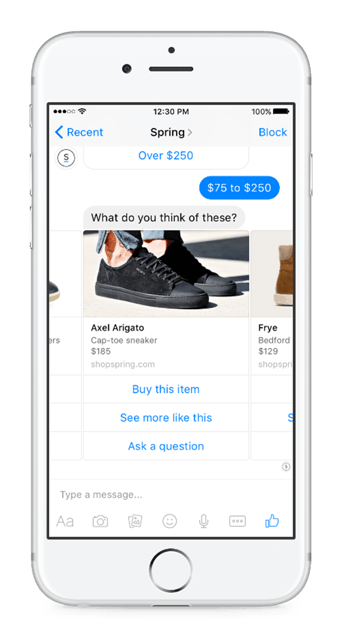
Source: https://developers.facebook.com/blog/post/2016/04/12/bots-for-messenger/
In 2023, we predict that chatbots will be an even more popular source of business-customer interaction and prove themselves to be more than just a fad. It's estimated that chatbots will drive $142 billion in retail sales worldwide – a figure that was only $2.8 billion dollars in 2019.
3. Customers are using social as search
According to Hootsuite, customers spend around 2 hours and 30 minutes daily on social media. We've also seen a rise in social media usage last year, beating out even popular search engines like Google.
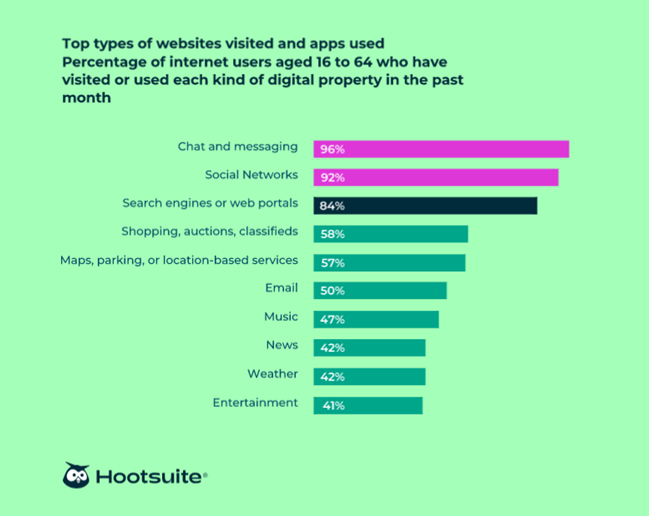 Source:https://www.hootsuite.com/research/social-trends/commerce#2IA6F2eWa6Z9iGxBF64FCt
Source:https://www.hootsuite.com/research/social-trends/commerce#2IA6F2eWa6Z9iGxBF64FCt
The growth of social media has made it so much more than a connecting tool between friends and family. In 2023, we'll see it being used as a search tool for customers to find their favourite brands, get product recommendations, and search for popular places to go.
This is especially true for the younger generation. Studies show that almost 40% of Gen Z go to TikTok or Instagram to search for lunch places instead of Google Maps or Search. For Gen Z, TikTok's AI-powered algorithm allows them to view user-sourced recommendations on what they are looking for.
Meanwhile, Facebook records an average of over 2 billion searches a day, as many users engage with community groups and its search function to discover local products and services.
4. More AI-recommended content
Algorithms are ruling what we see on social media, and this trend is here to stay. For example, Facebook and Instagram (both platforms of Meta) are expected to double their algorithmically recommended content to their users.
Following the success of TikTok's "For You Page" (FYP), which has increased customers' time spent on the platform and propelled the app to almost 689 million users worldwide, many social media platforms are following suit.
However, few social media platforms have received the same level of success.
For example, Instagram's attempt to recommend its 'Reels' to users has received some pushback from users. Even Twitter, a somewhat text-heavy social media, has introduced a 'Home' and 'Latest' page on its platform, with the 'Home' page being the main algorithmically-defined page for users.
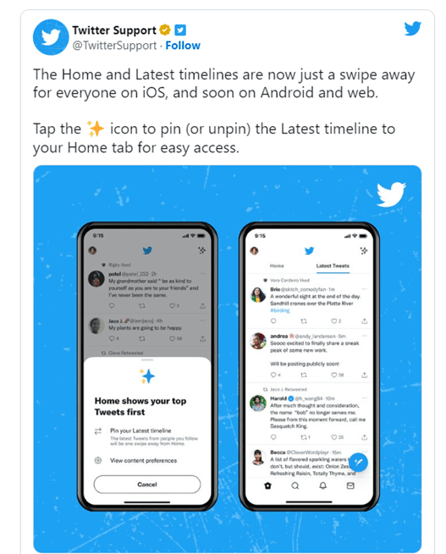
But what does this mean for consumers? It means seeing less of friends' and families' social postings and more on brands and content creators. While it can be frustrating for many users, consumers are still inspired to shop when targeted with the right content.
For brands and content creators, this is where the hard work beings - which brings us to our next trend.
5. Content is (still) king
We've repeatedly seen how good content is key to consumer marketing. Studies show that 82% of marketers actively use content marketing, with video being the biggest source of content created in 2022.
But content is slowly changing, and social media is becoming less 'social' and more 'media'. So with users constantly expecting to be entertained, how do marketers generate relevant content that pushes consumers down the funnel?
Firstly, it's through realising that users have multiple social media accounts, and each account serves a different purpose. According to Hootsuite, more than 84% of TikTok users also have a Facebook account, and around 88% of Twitter users are also Instagram users. However, these users engage with their multiple social media accounts for different purposes.
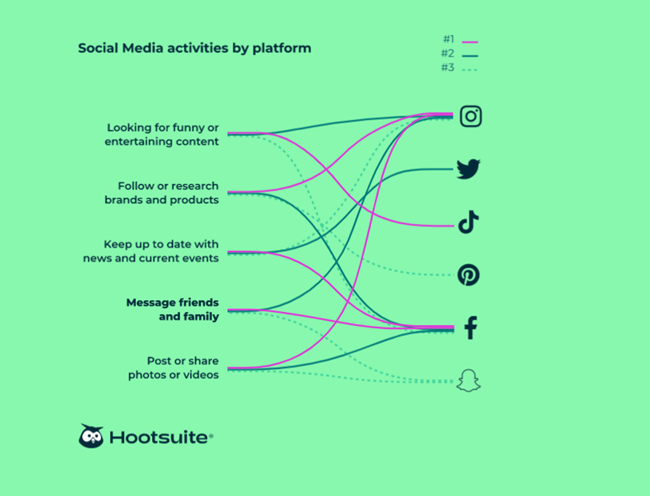 Source: https://www.hootsuite.com/research/social-trends/marketing#4pdCAMqVhbzR01xq1vAK5q
Source: https://www.hootsuite.com/research/social-trends/marketing#4pdCAMqVhbzR01xq1vAK5q
This is bad news for brands that recycle content within their social media platforms. Posting the same content on TikTok and Instagram will not get the desired results, as both platforms are ruled by different users' demographics and activities.
In 2023, content will still be king, and marketers who invest in multiple platforms will have to increase their efforts to create engaging, relevant content for consumers. Great content requires investing time and effort with the right content creators to maximise results.
6. Social responsibility
Social responsibility on social media isn't just about highlighting Corporate Social Responsibility (CSR) activities and talking about one gives back to the community. It's about being real and transparent with audiences to build trust.
Over time, we've seen how increasingly important it is for brands to be socially responsible. With social media apps like BeReal thriving in their own right and becoming a known name in social media, we see more consumers gravitate to content that's authentic.
According to Twitter's #RealTalk report, 80% of consumers don't mind being sold products or services on social media as long as it's "fun, useful, entertaining, informative or moves me in some way."
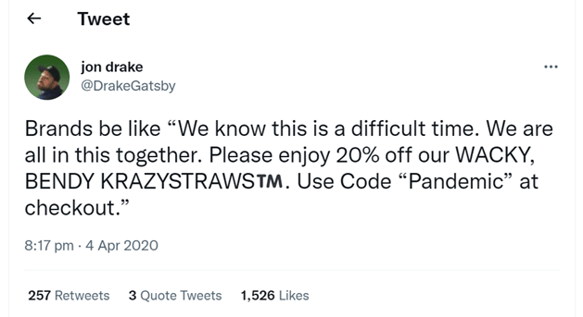 Source: https://twitter.com/DrakeGatsby/status/1246411636916846592
Source: https://twitter.com/DrakeGatsby/status/1246411636916846592
In a world where 'Callout Culture' is becoming a norm, brand authenticity is more important than ever. Audiences are aware when they are being sold, and they aren't afraid to voice out their grievances on social media.
Affiliate marketers should consider making content that's inclusive, community-driven, and align with their authentic brand values. Instead of creating numerous posts on CSR activities, consider creating content with partners that understand the dos and don'ts of social media.
7. Livestream shopping
Livestream shopping, otherwise known as live commerce, is an upcoming trend that's forecasted to see more growth in 2023. It is generally done by influencers who promote a brand's products through live video content and allows viewers to make direct purchases in real-time.
Live shopping has gained popularity among Gen Y and Gen Z, and it's forecasted that it can account for as much as 20% of all eCommerce sales by 2026. Although it isn't as prominent in countries like Australia yet, we forecast that this trend will soon follow through in 2023
According to McKinsey & Co fashion and apparel are the main product categories often shown on livestream shopping events.
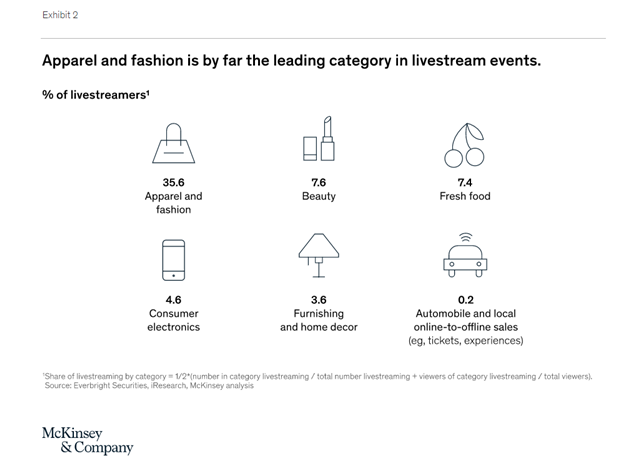
This presents a good first-mover advantage for brands in operating in countries that are still developing their live shopping experience. However, success in this area requires partnering with the right content creators, choosing the right livestream platform, and executing it in a fun, engaging way.
8. Influencer marketing rise for smaller businesses
With talks of inflation and economic downturns, bigger businesses have begun to reduce their discretionary spending. Sadly, this includes reducing marketing budgets, and it's forecasted that advertisers could see potential cuts by up to 30% in 2023.
Marketing cuts hurt influencers significantly and we're seeing more content creators receiving fewer brands deals during an economic downturn. But there's also a silver lining in this for influencers – small businesses.
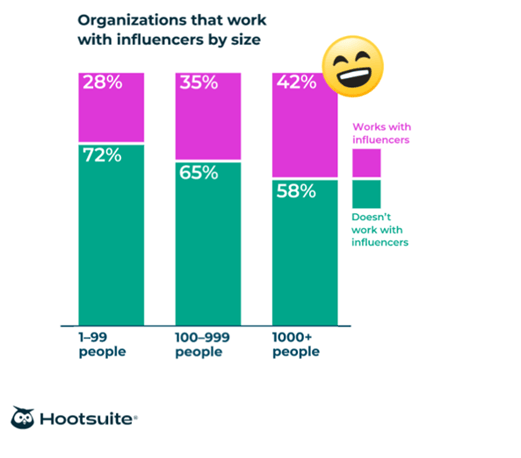 Source: https://www.hootsuite.com/en-gb/research/social-trends/marketing#3ClEk4IUNxO0XhxYtiHqW9
Source: https://www.hootsuite.com/en-gb/research/social-trends/marketing#3ClEk4IUNxO0XhxYtiHqW9
Generally, smaller businesses are less likely to work with influencers, citing costs as a main reason. However, this could change as bigger businesses reduce their influencer budgets. Influencers present a targetter way for small businesses to reach their audience, especially Gen Z's and Millennials, so it's a good opportunity for them to capitalise on the influencer market.
Working with influencers is less expensive than one might think. However, not all influencers have the same payment rates, target audience, and reach. So advertisers should consider partnering with affiliate platforms that can help them choose the right influencer for their brand.
For affiliates and influencers, developing a competitive pricing model that is a win-win for both themselves and the smaller business is also a good way to get more advertisers to their doorstep.
9. ROI tracking and conversion metrics intensify
As marketing budgets tightens, advertisers will also begin scrutinising their marketing dollars. 75% of marketers have claimed that their advertising budgets are under 'heavy scrutiny', and marketing budgets are lesser than what it was before the pandemic.
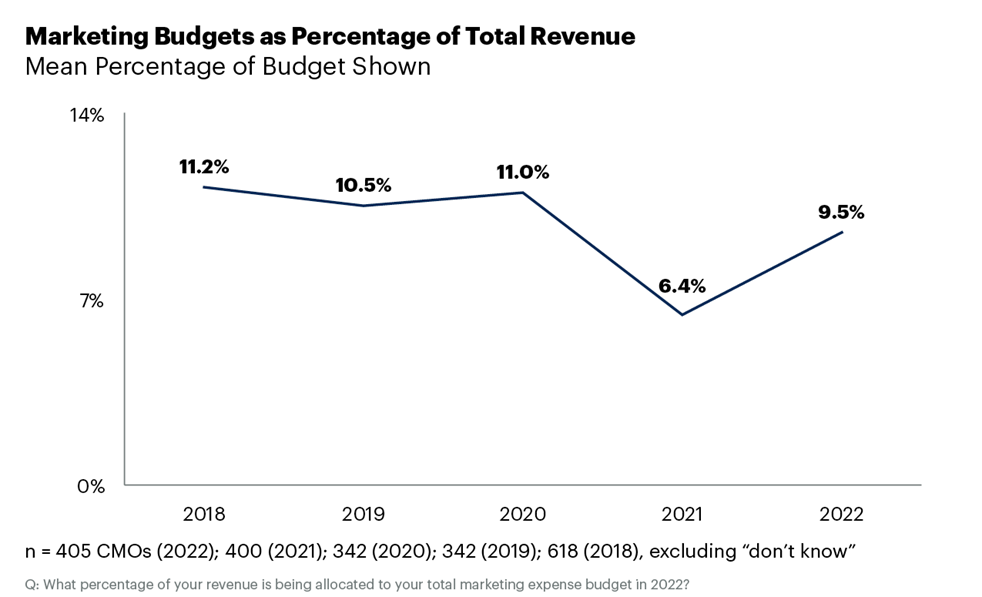
While the drop in marketing budget's aren't very significant, conversion metrics such as ROI and ROAS has never been more important for both affiliates and advertisers - and we'll see this becoming more prominent in the year ahead. Affiliate marketing has always been a cost-effective way for brands to get more customers, but it can be better with the right people and processes in place.
As we see this trend developing, advertisers and publishers should put in place mechanisms that can help them get better control of their commissions. They should also find better ways to view and customise their data such as website traffic and performance results to maximise their marketing dollars.
10. Partnerships for brand trust
For brands and affiliates that want to see long-term success, creating longer partnerships is key where possible. It's a common practice for brands to create one-off transactional partnerships with affiliates, but while this strategy may work for some companies, brands should consider rethinking it.
According to studies, 60% of repeat influencers received improved or consistent engagement rates between their first and second posts. Additionally, repeat partners who posted 3 to 4 times had up to 3 times more relevant comments.
Instead of one-off campaigns, more brands are interested in developing longer partnerships with affiliates. This value-added partnership creates a better feedback loop which minimises inefficiencies of training up multiple affiliates.
The significant changes forecasted in the coming year brings about many opportunities for brands to create operational efficiencies and expand their creativity with content. However, affiliate marketers looking to create better social media strategies with the best value for their marketing dollar should develop strong partnerships to cultivate win-win plans in the coming year.
Contact us to join the Asia-Pacific region's leading affiliate and performance marketing platform. Reach your audience, build awareness, and scale your online sales with affiliate marketing.



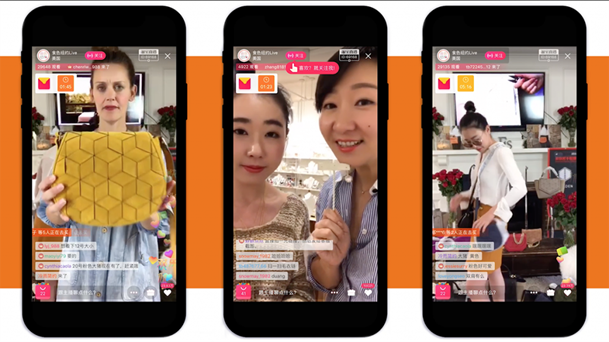 Source:
Source: